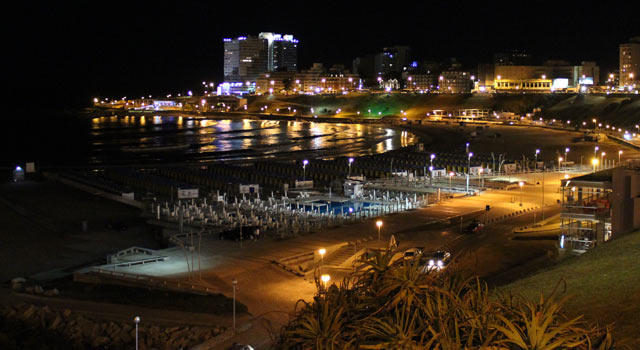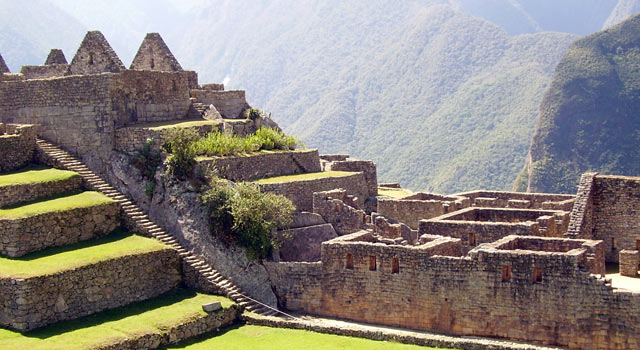Amerispan co-founders, John Slocum and Dorioara Pinku, started out as a pair of Spanish students in Latin America. During their travels, they realised that the region was full of Spanish language schools offering affordable tuition to people of all ages. Slocum and Pinku found it intriguing that the majority of the students learning Spanish were trained professionals like doctors and lawyers; this led the pair to believe that the USA was seriously lacking in Spanish language schools and they set about trying to change this. What started out as a business plan on a scrap of paper on a beach in Rio Janeiro is now a multi-award winning company that has been “building bridges between cultures” for the last two decades. Presently, Amerispan offers 15 languages in 45 different countries.
Amerispan has 25 years worth of experience in helping students to travel to different countries to learn Spanish. Staff members have personally experienced the destinations on offer by Amerispan so they can give first hand advice on what to expect and how to prepare for your trip. Amerispan is in constant contact with the schools and the host families so all parties are kept informed at all times. There is no risk involved in booking a course through Amerispan because you can cancel at any time and get a full refund. You must give three weeks notice if you wish to cancel your course to give Amerispan the opportunity to offer you place to somebody else.
If at the end of your course you are not fully satisfied, Amerispan will pay for an extra week’s worth of tuition on a Spanish course of your choice. In order to claim one week free, you must send an email to the following address admin@amerispan.com explaining why you are dissatisfied with your program. Amerispan uses this information to improve the learning experience of future students. Finally, in the unlikely circumstance that you find another company offering an equivalent course for a lower price, Amerispan not only matches their price, but offers a price that is 10% lower than the competitor. For a course to be considered “equivalent”, it must meet certain criteria:
a) The course must be in the same city
b) The number of students in the class must be the same or fewer.
c) The amount of Spanish teaching time and the quality of instruction must be comparable.
d) The accommodation must be of a similar quality.
To sum up, if you buy a course from Amerispan, you can be sure of three things:
- A full refund if you change your mind
- One week free if you’re not fully satisfied
- The best possible price
Amerispan’s principal goal is to serve their customers. The Philadelphia office is open 8 hours a day; 5 days a week so there will almost always be a member of staff available to help you whether it be over the phone or via email. Amerispan understand that there is a lot of information available and they are here to help you sort through it and to make an informed decision.












 ShareThis
ShareThis
